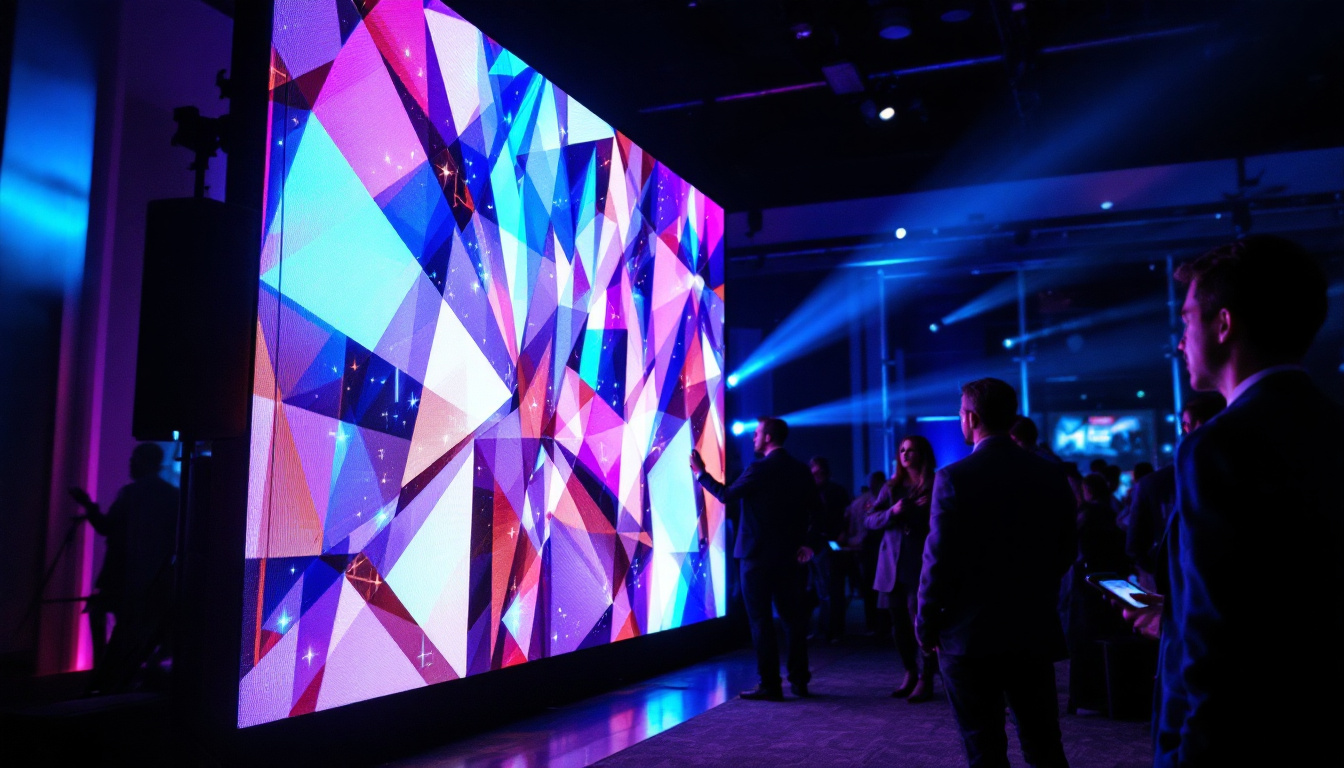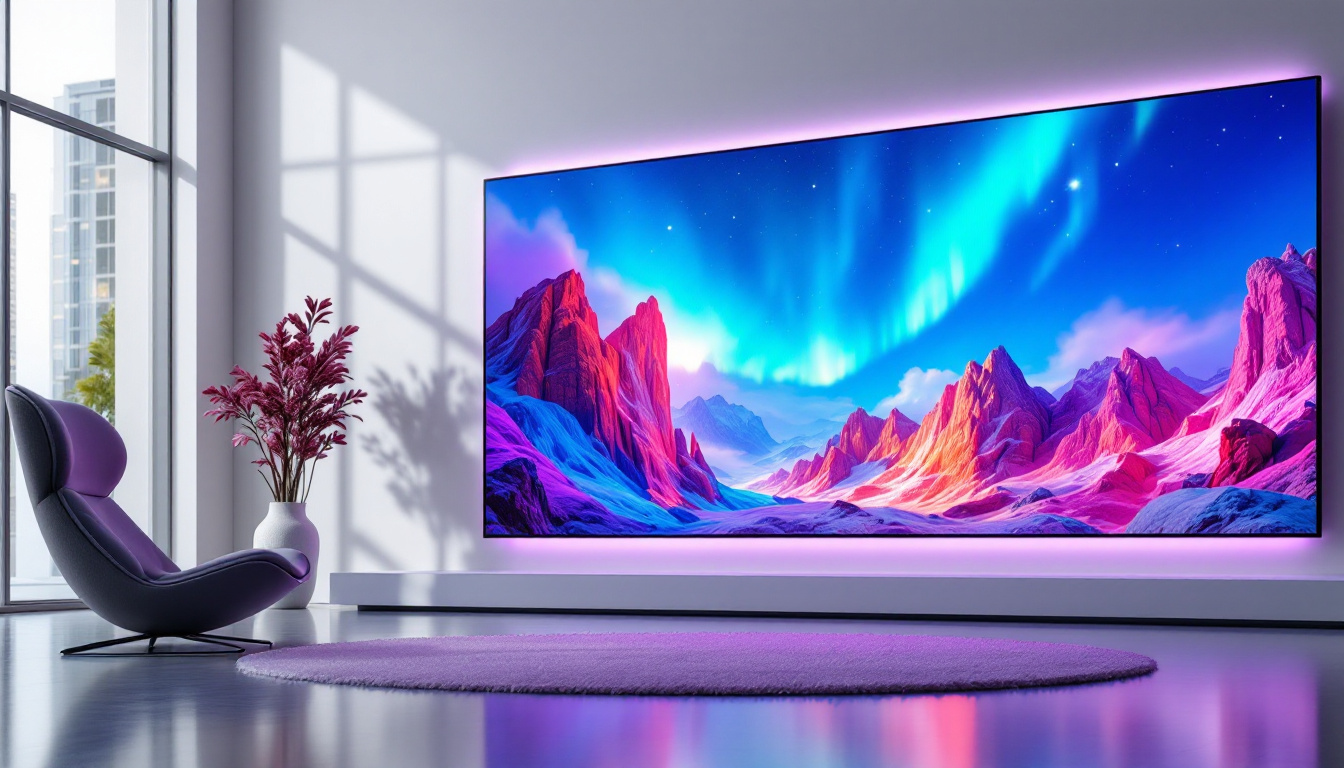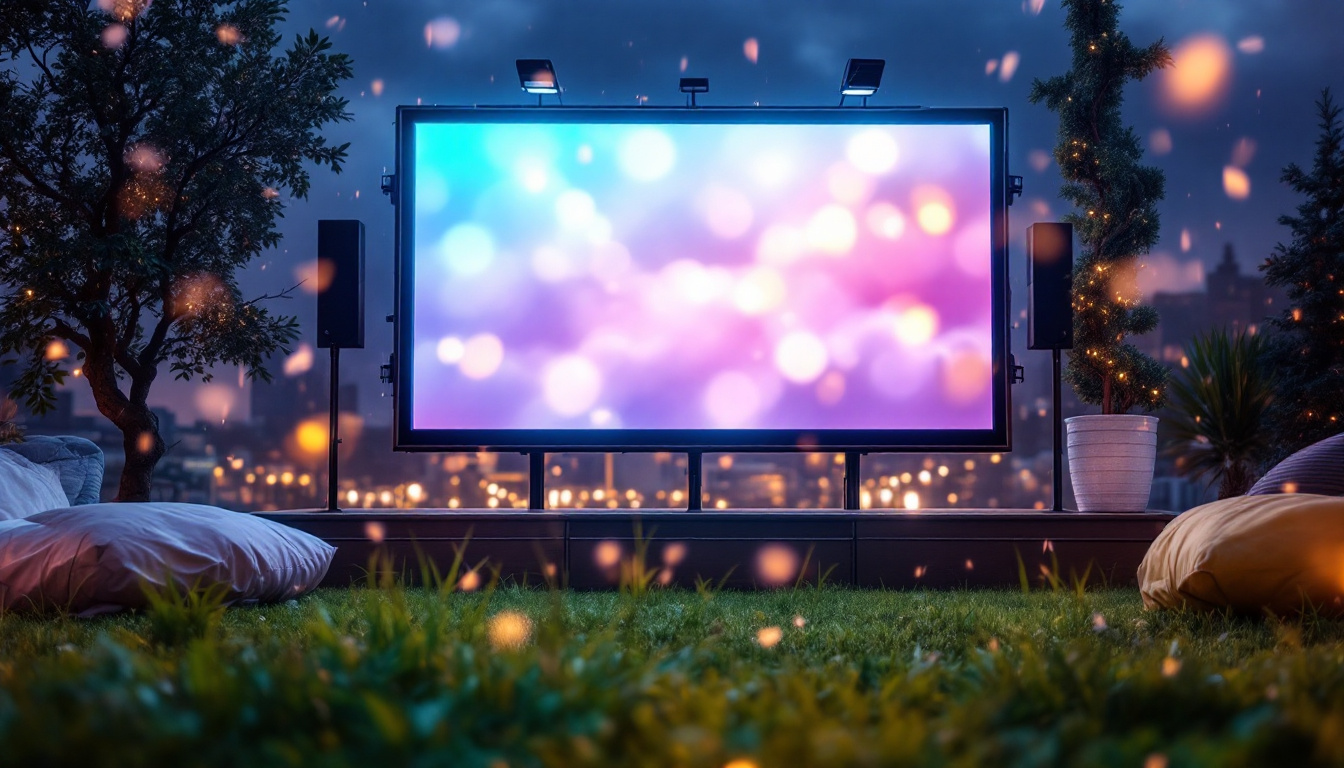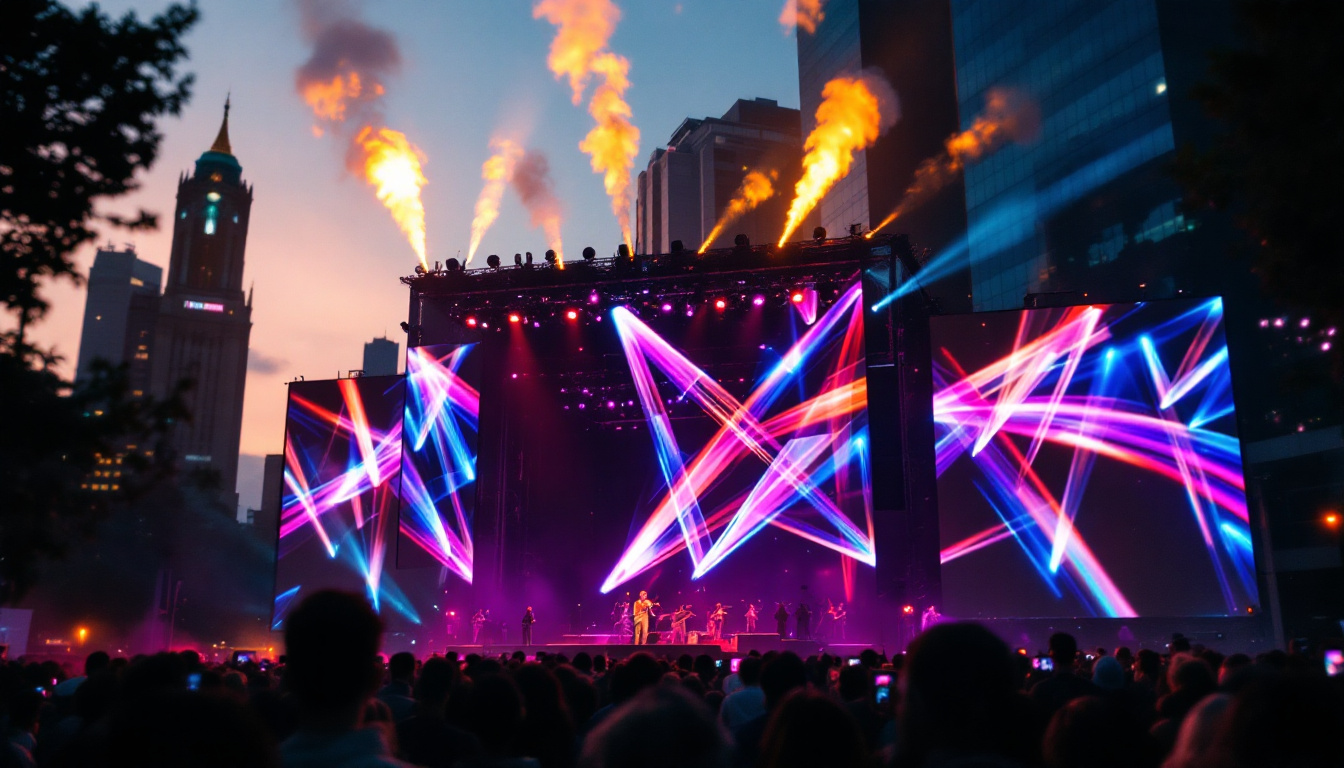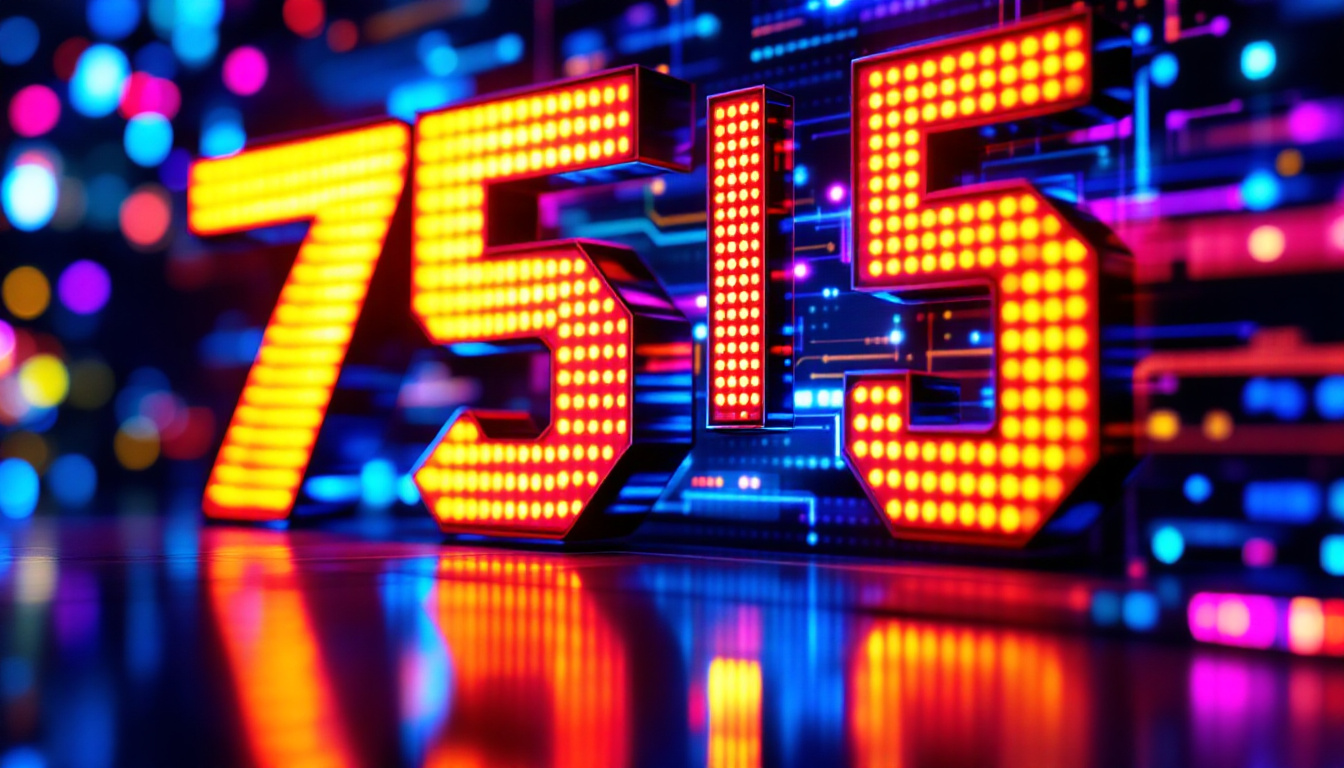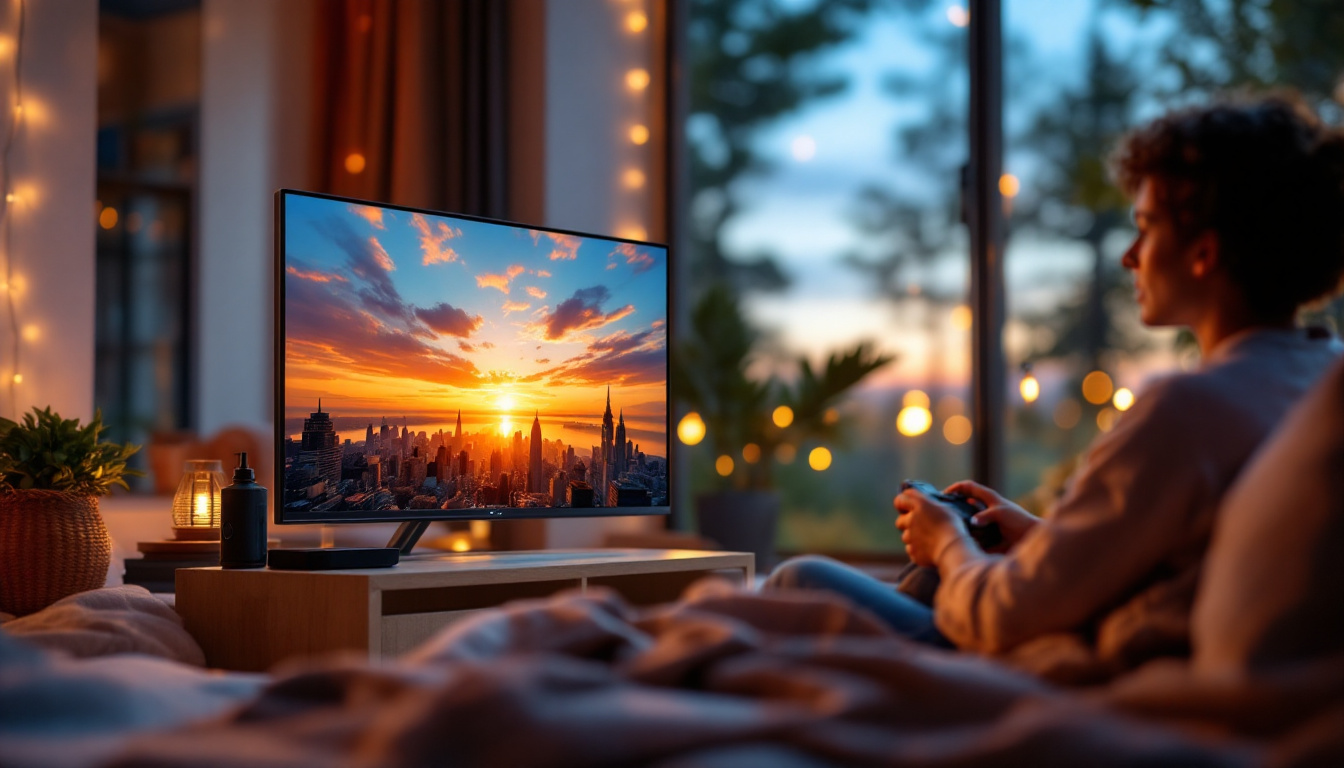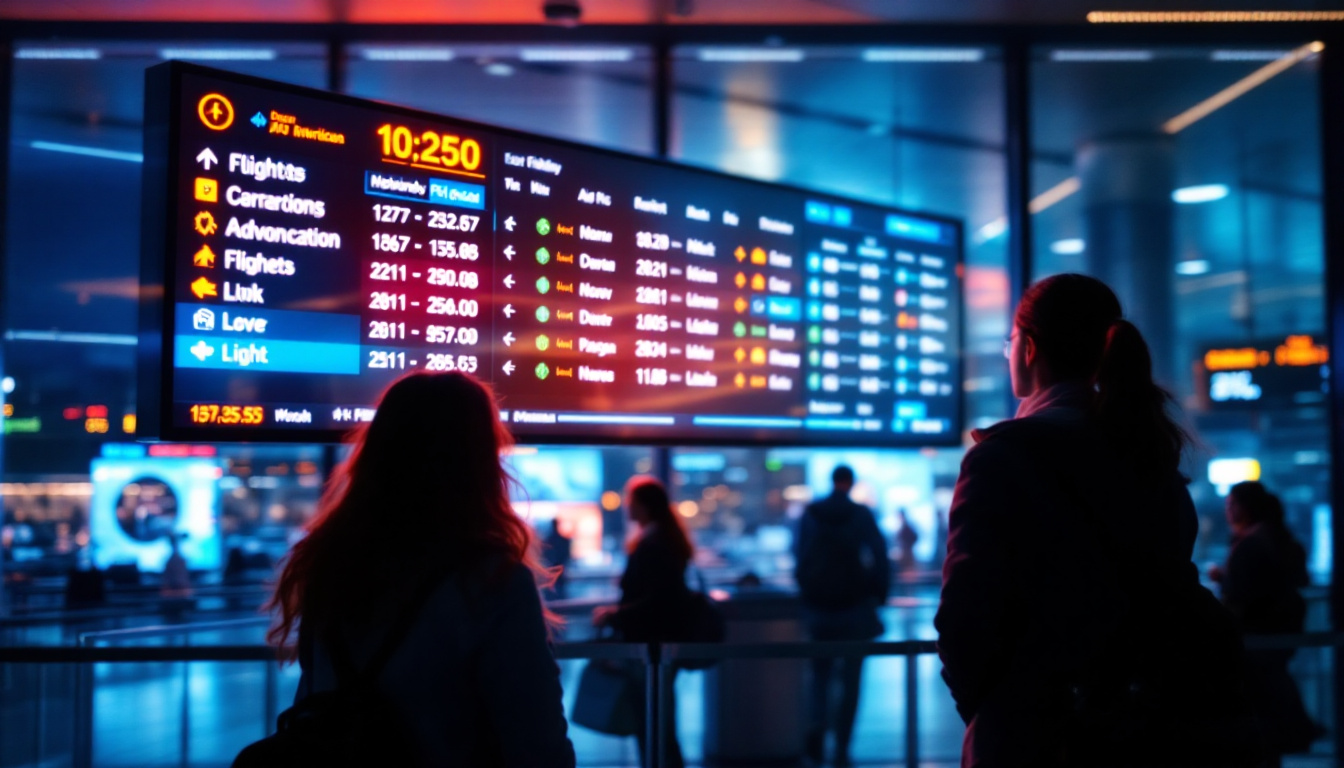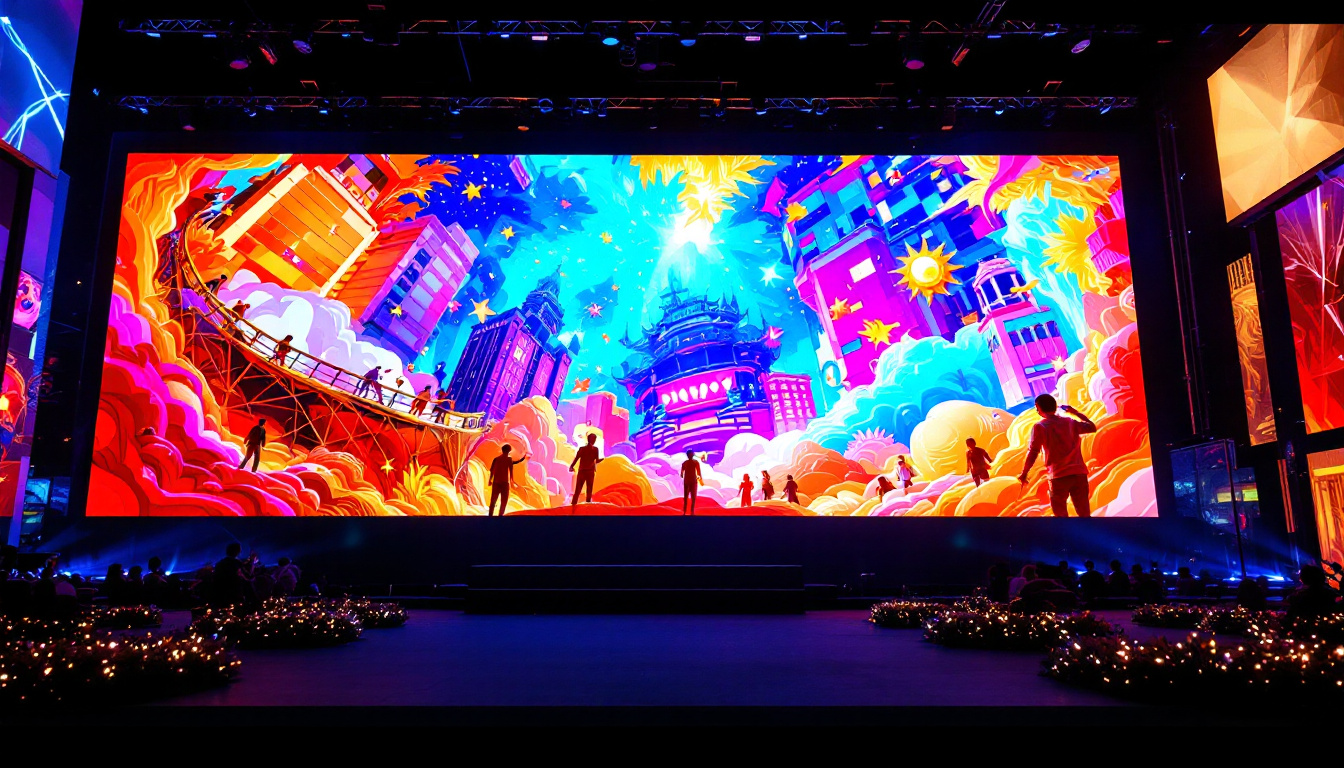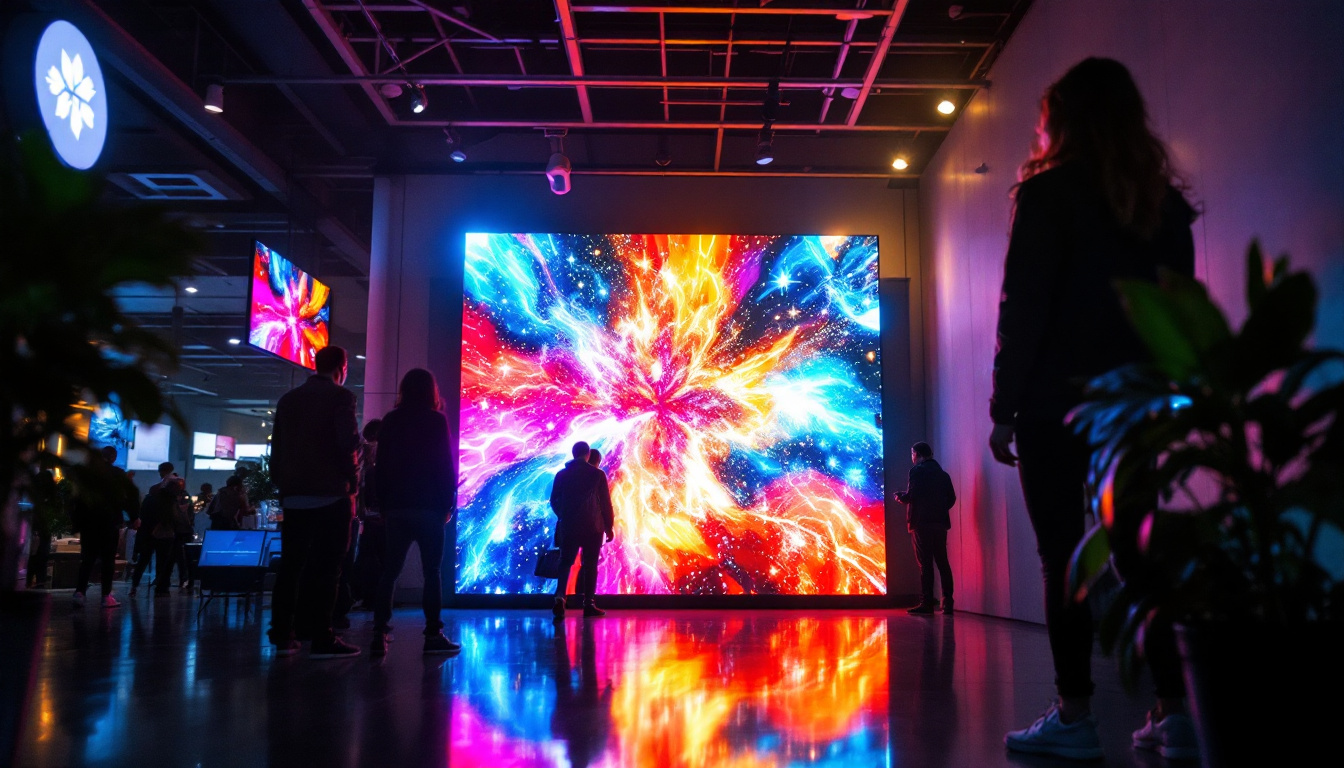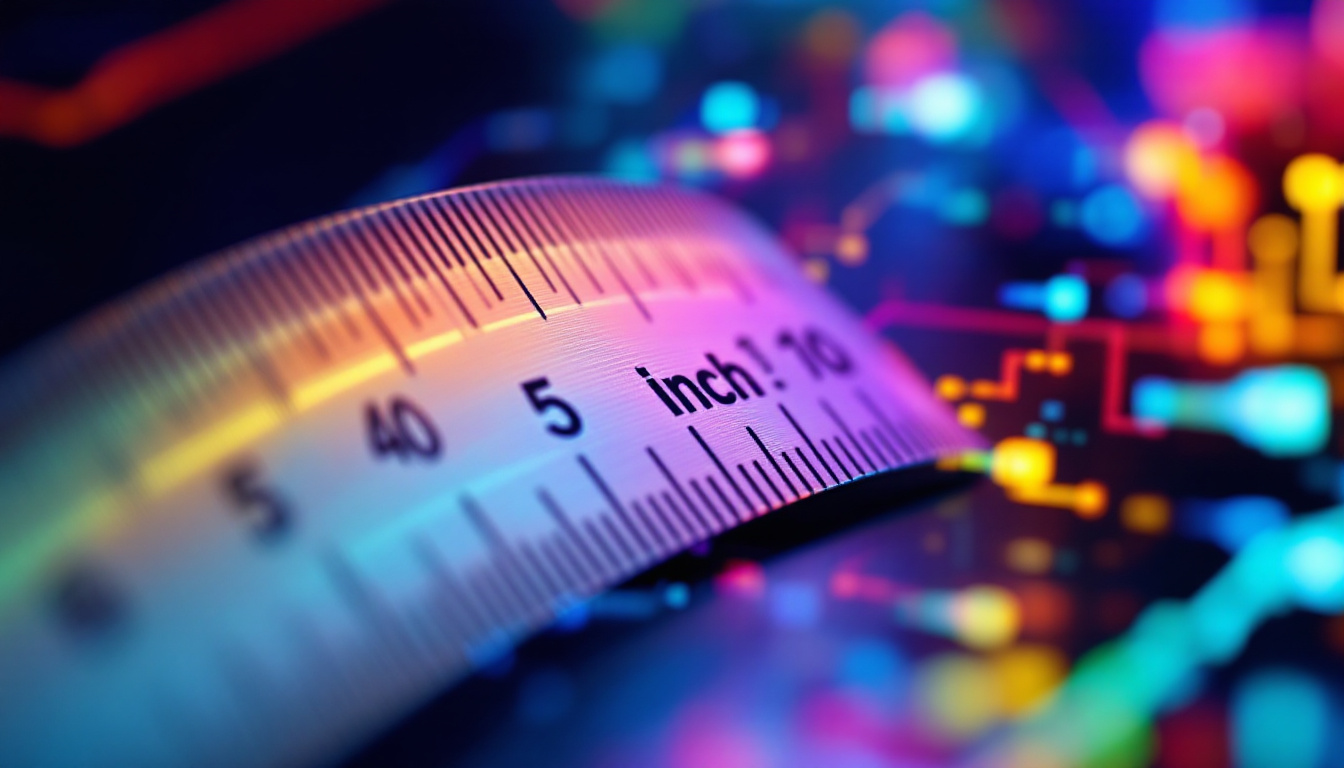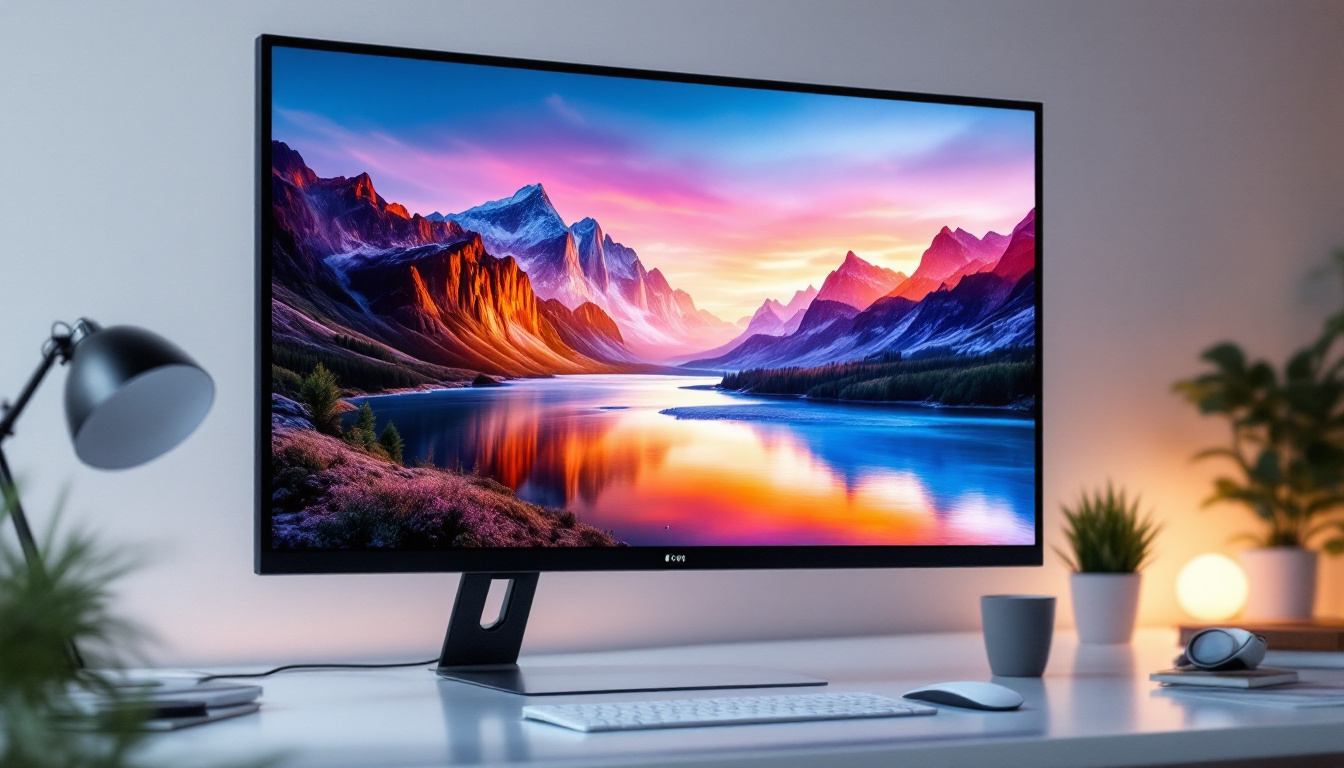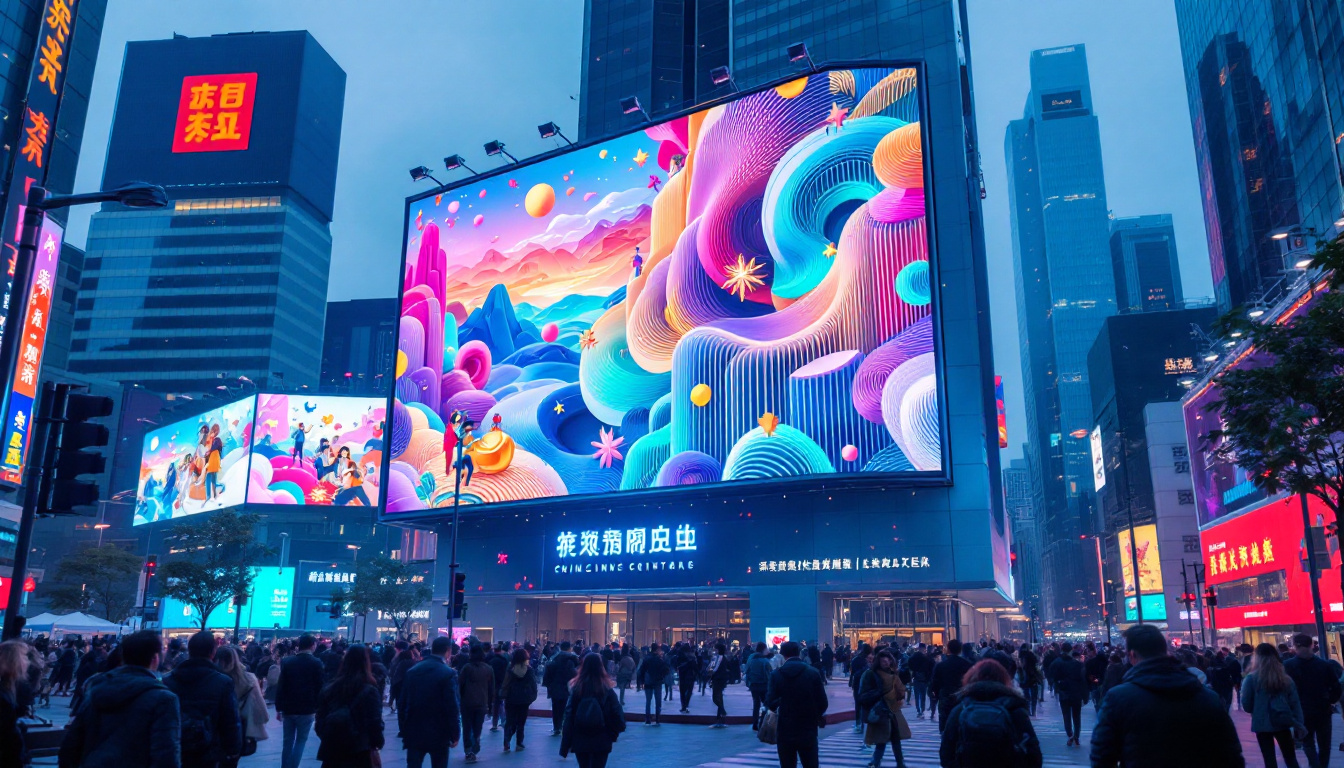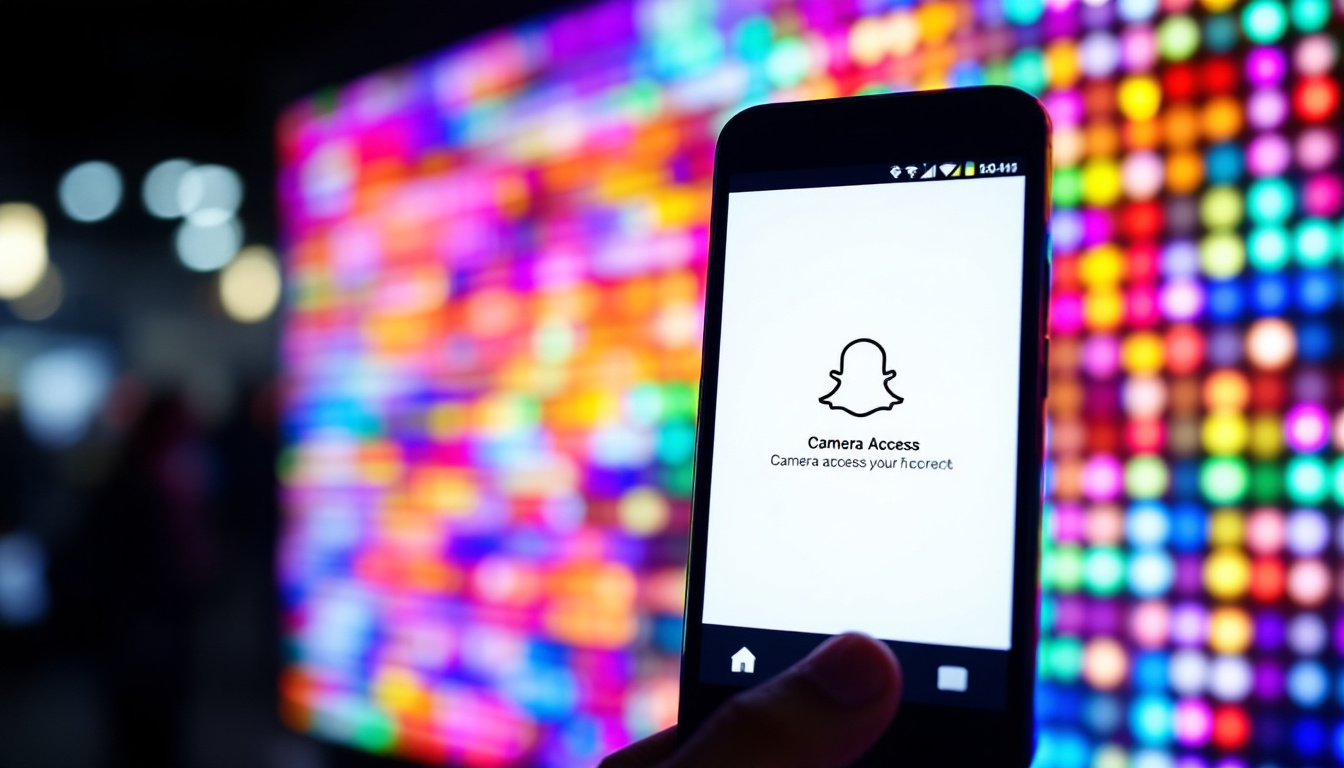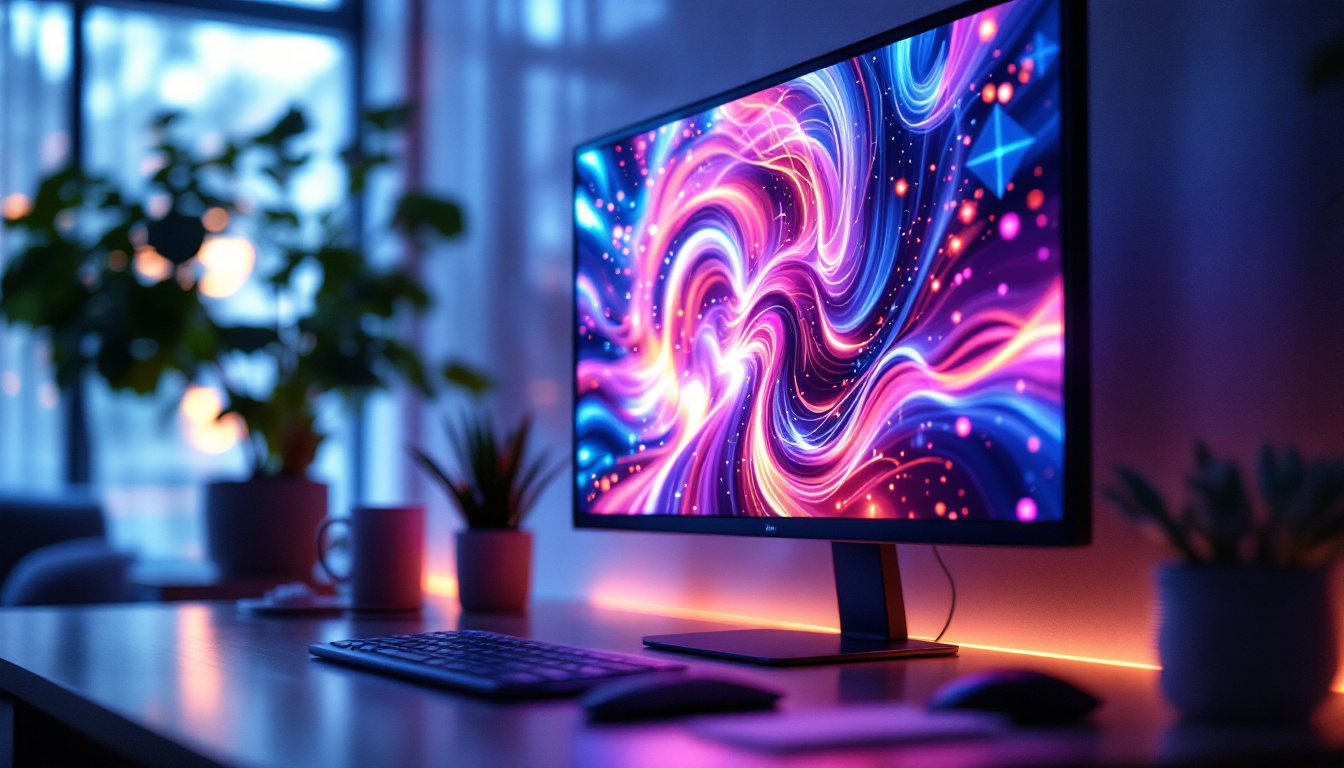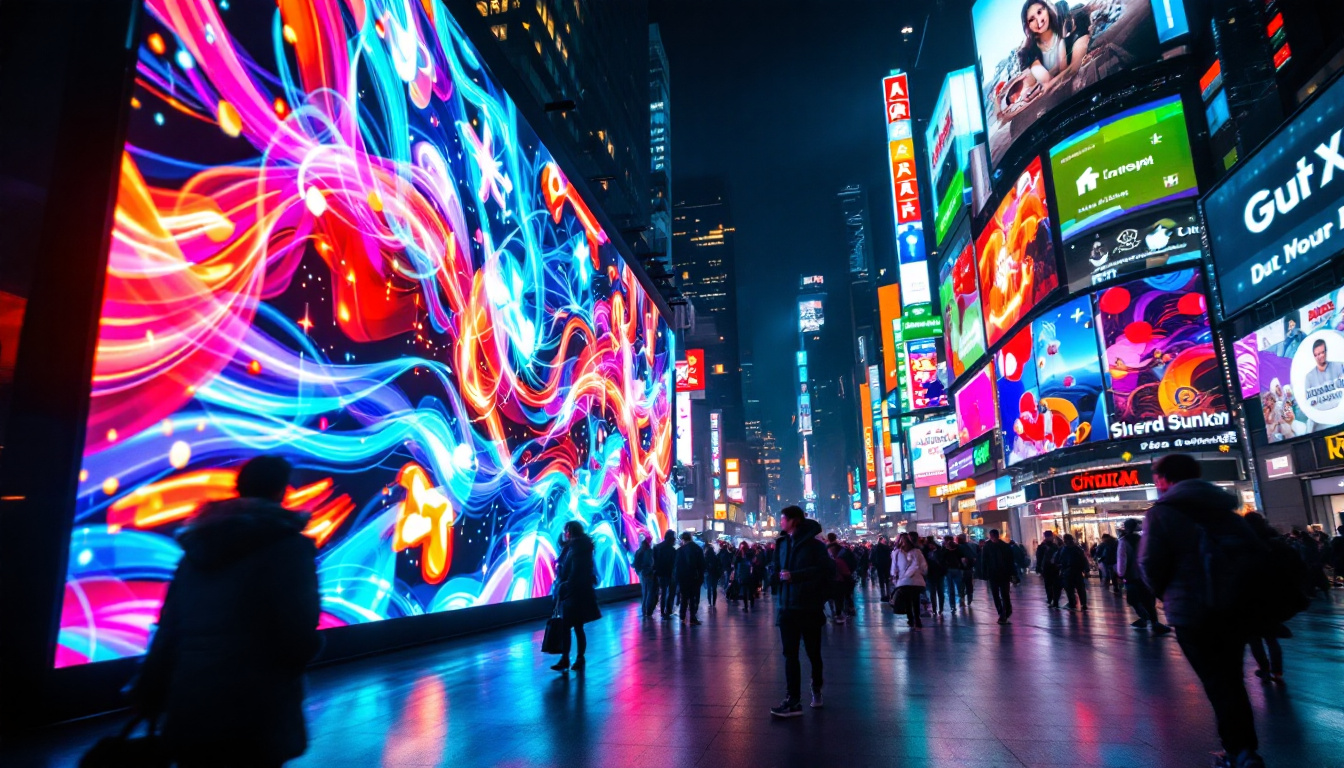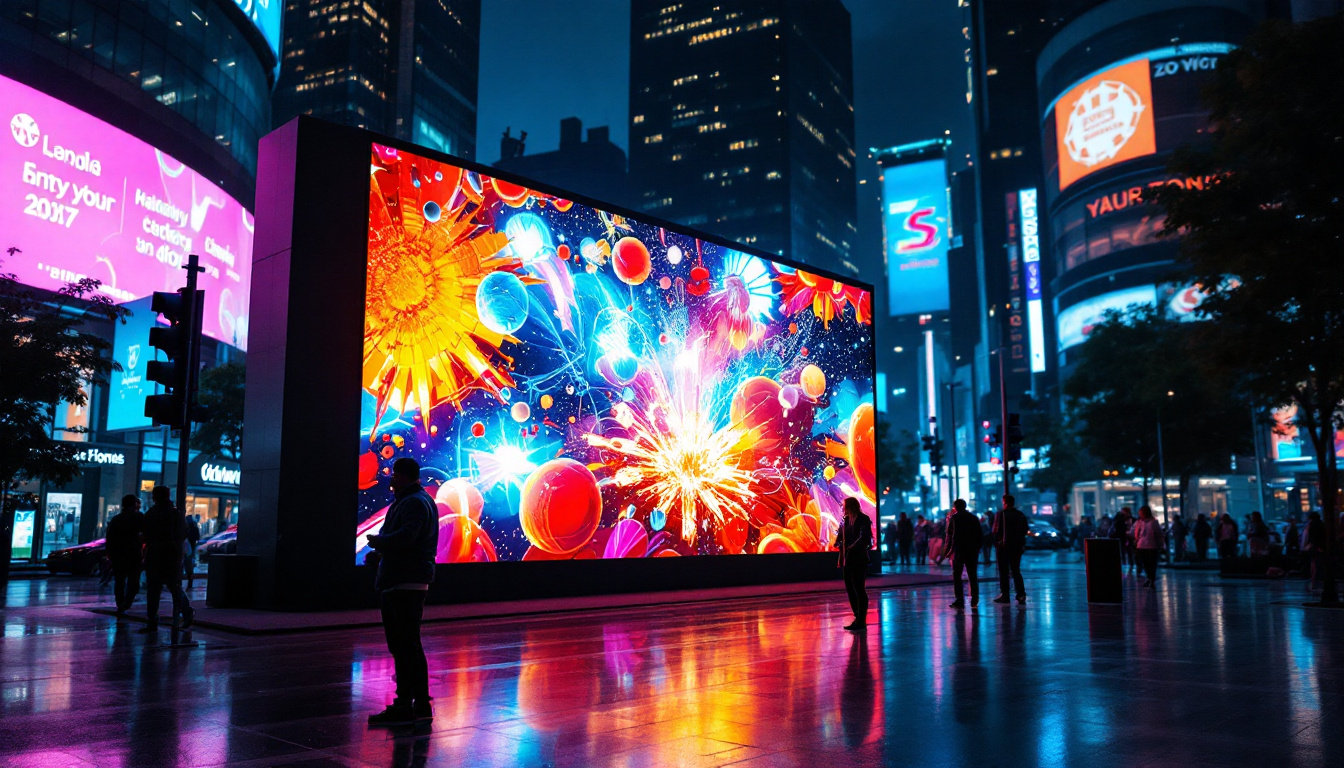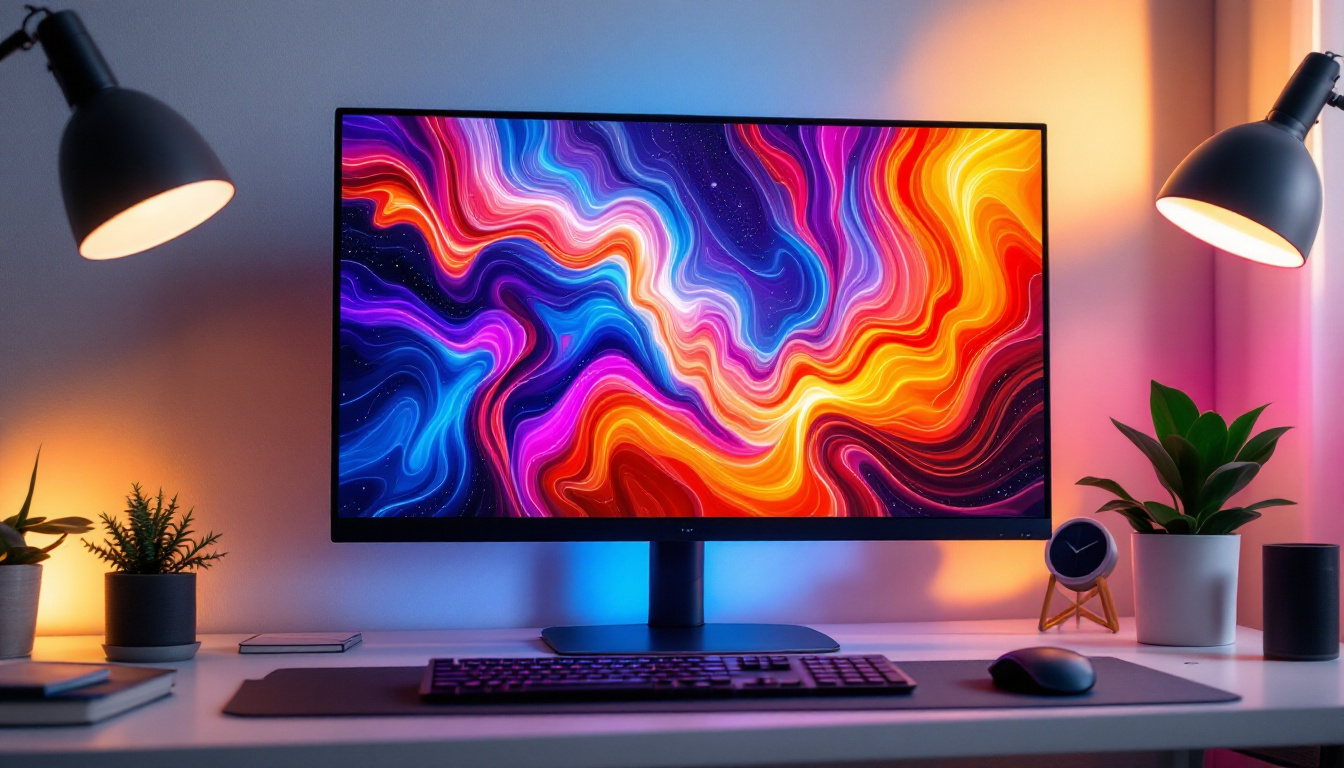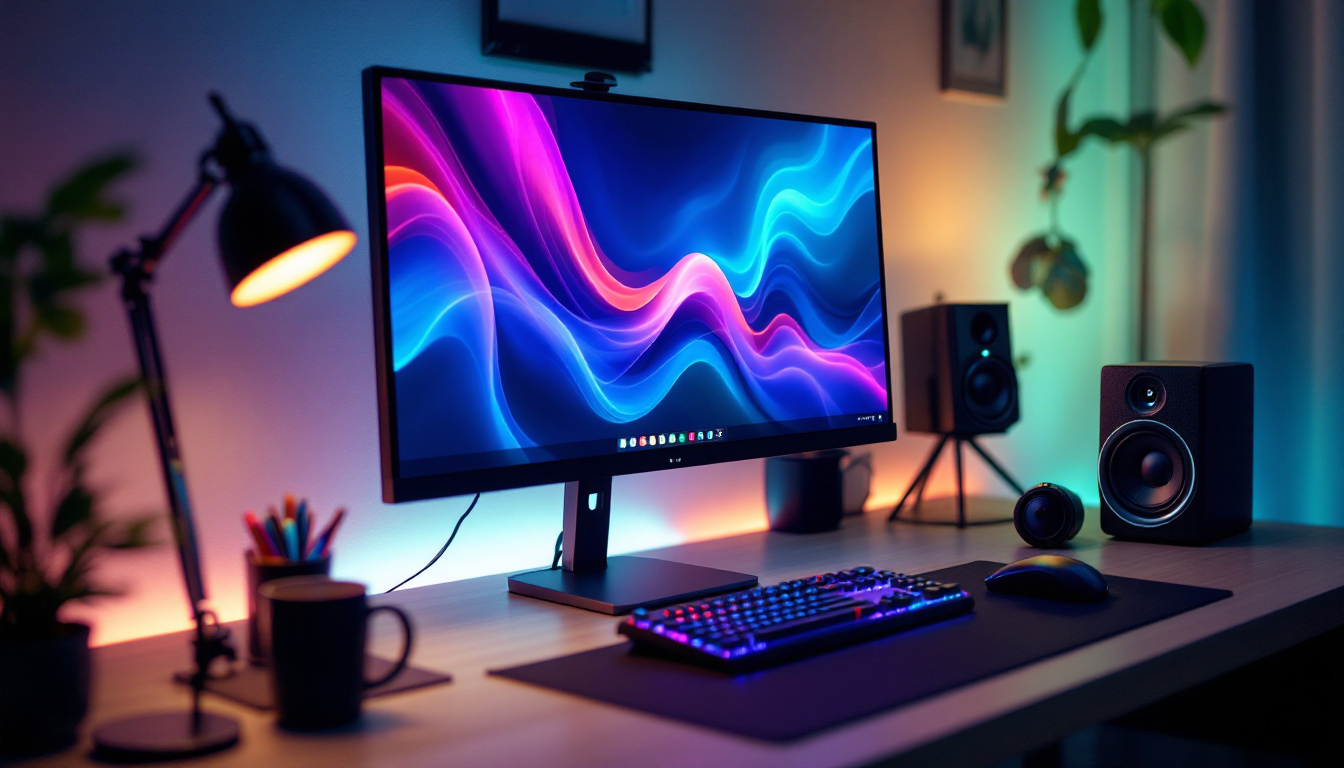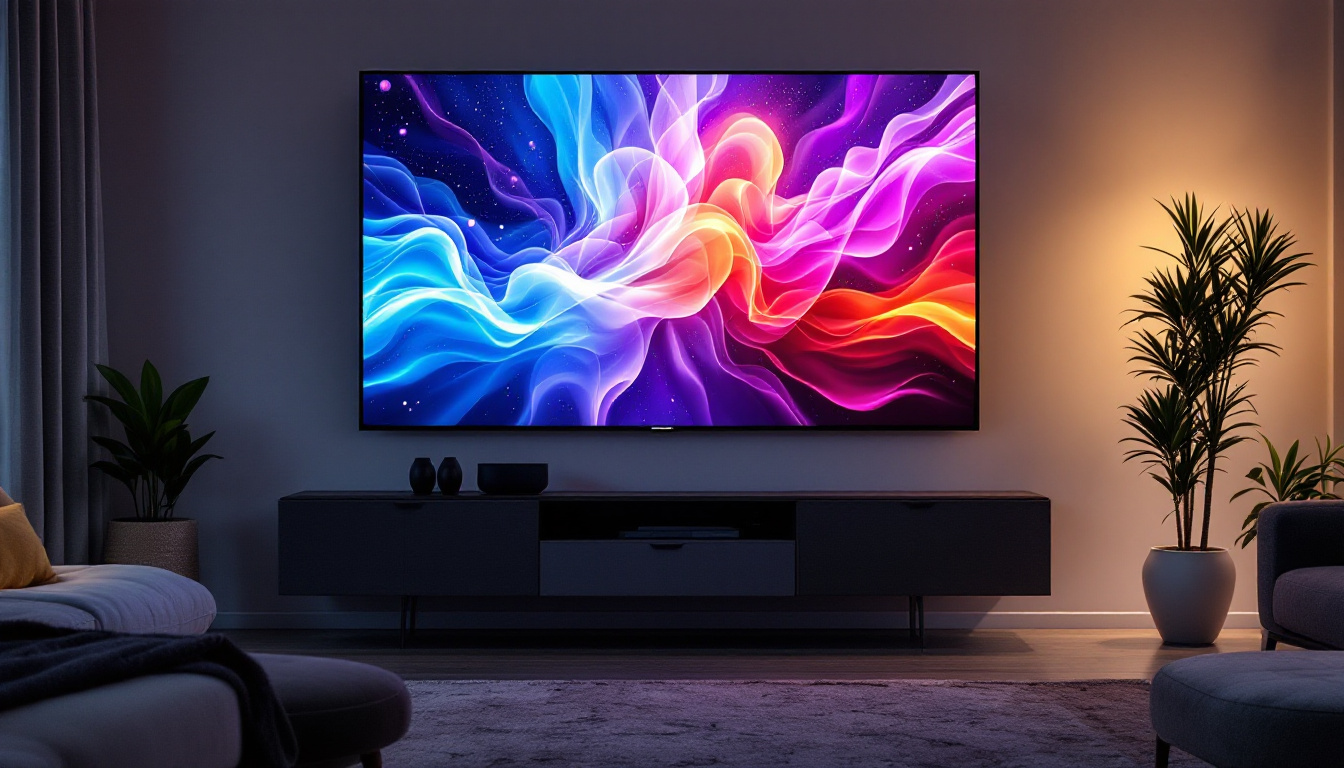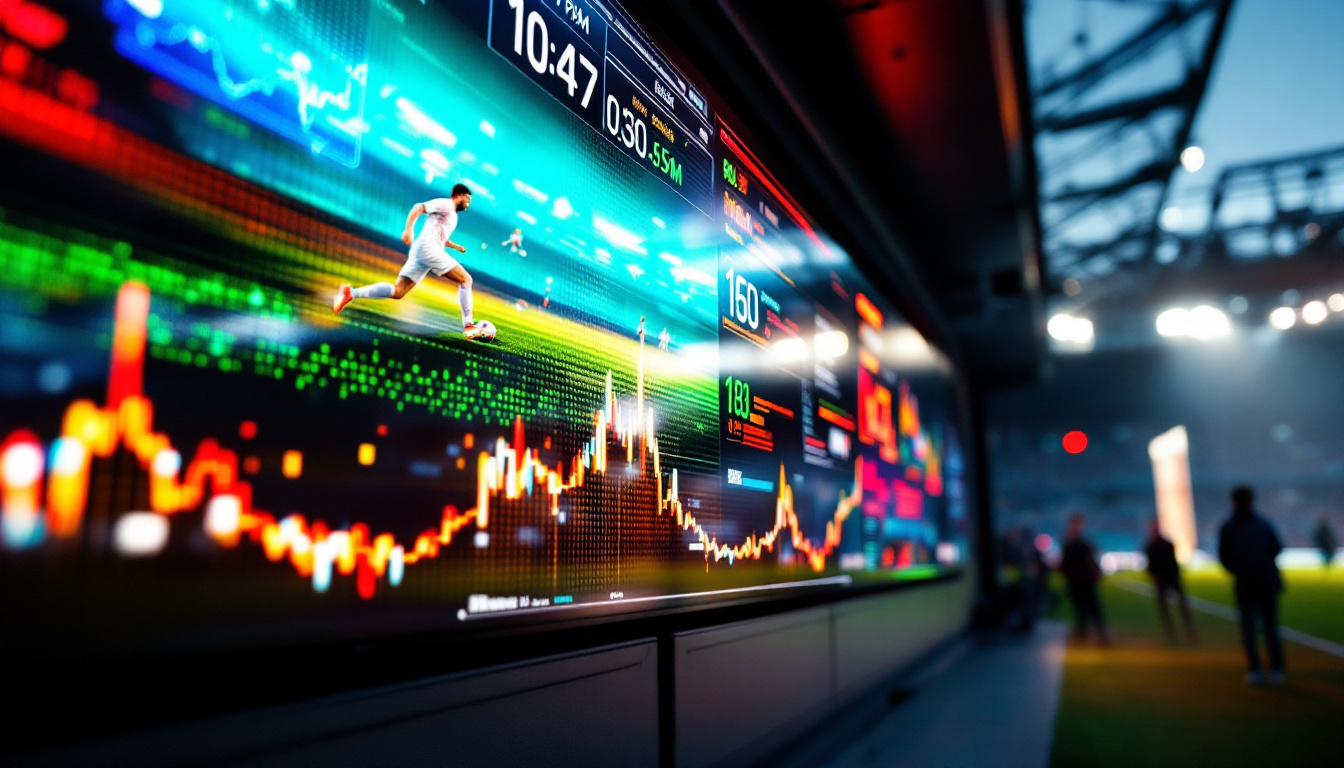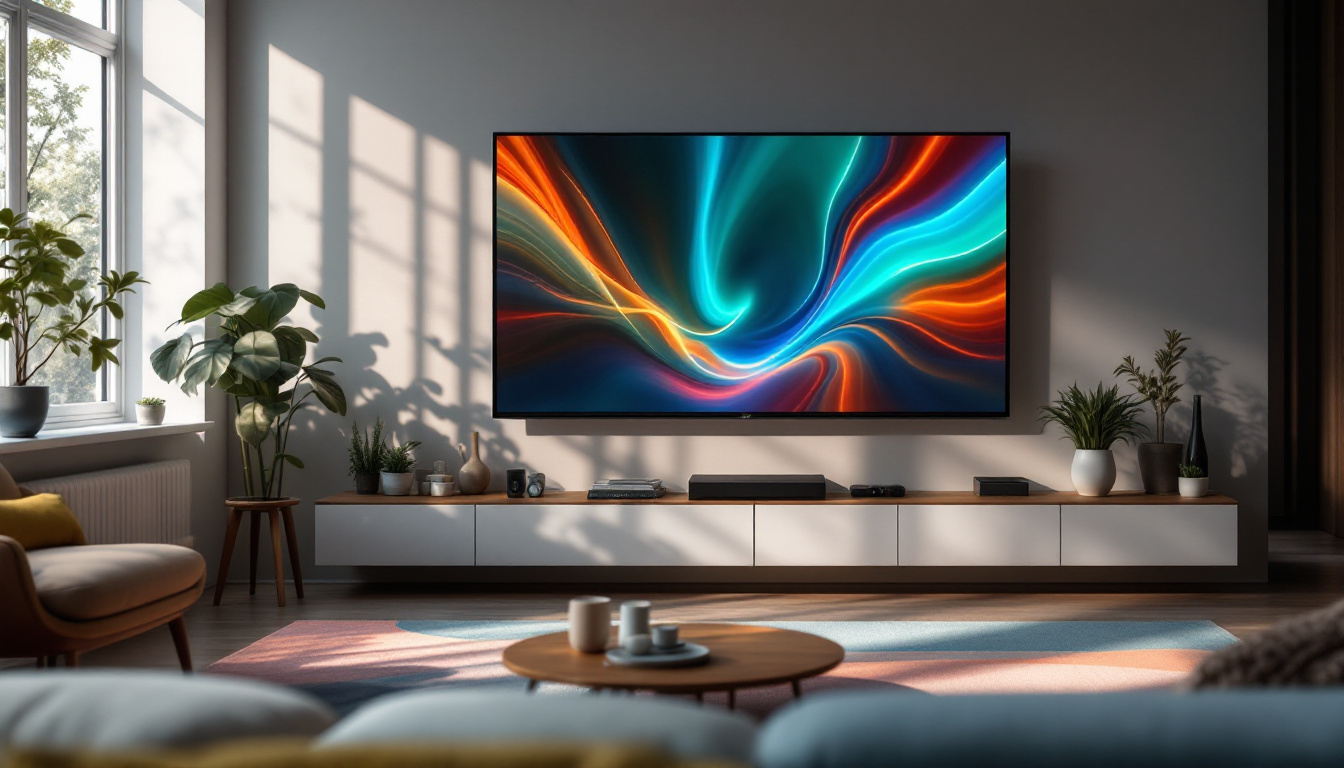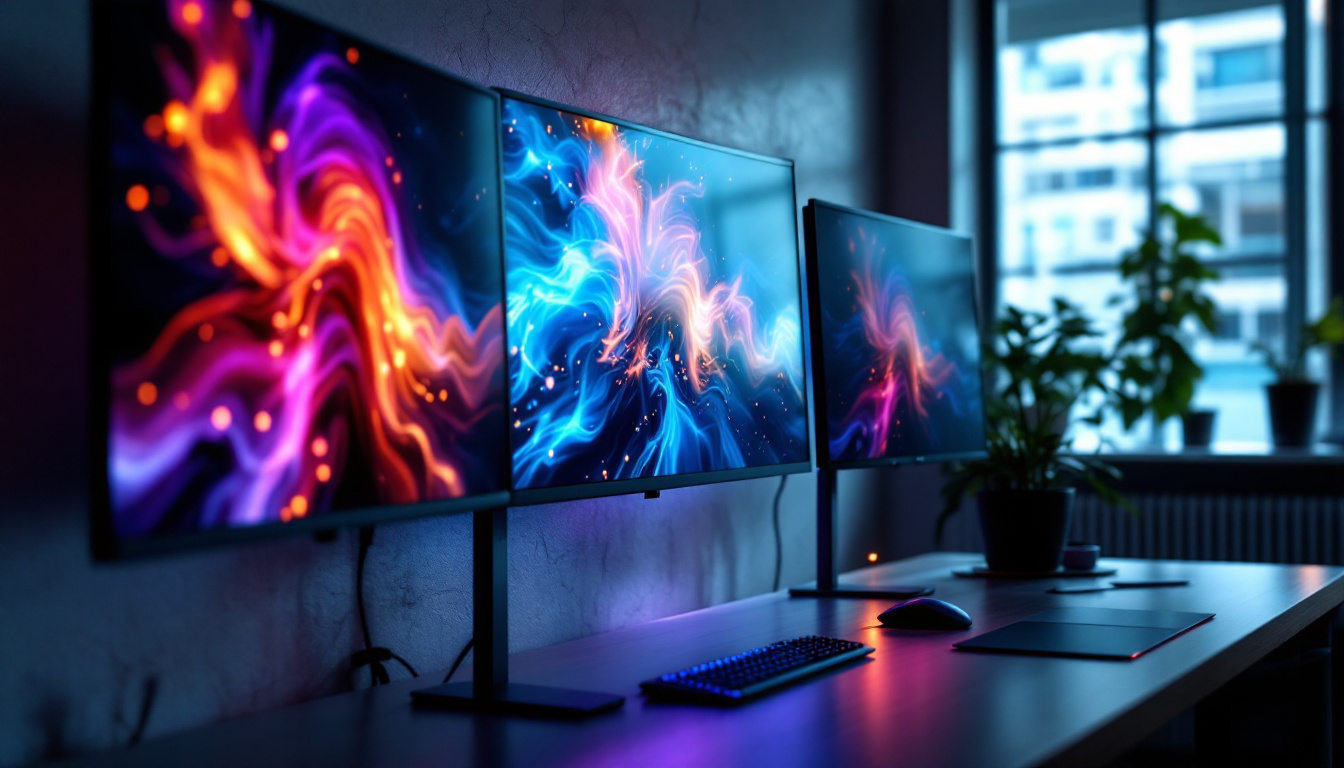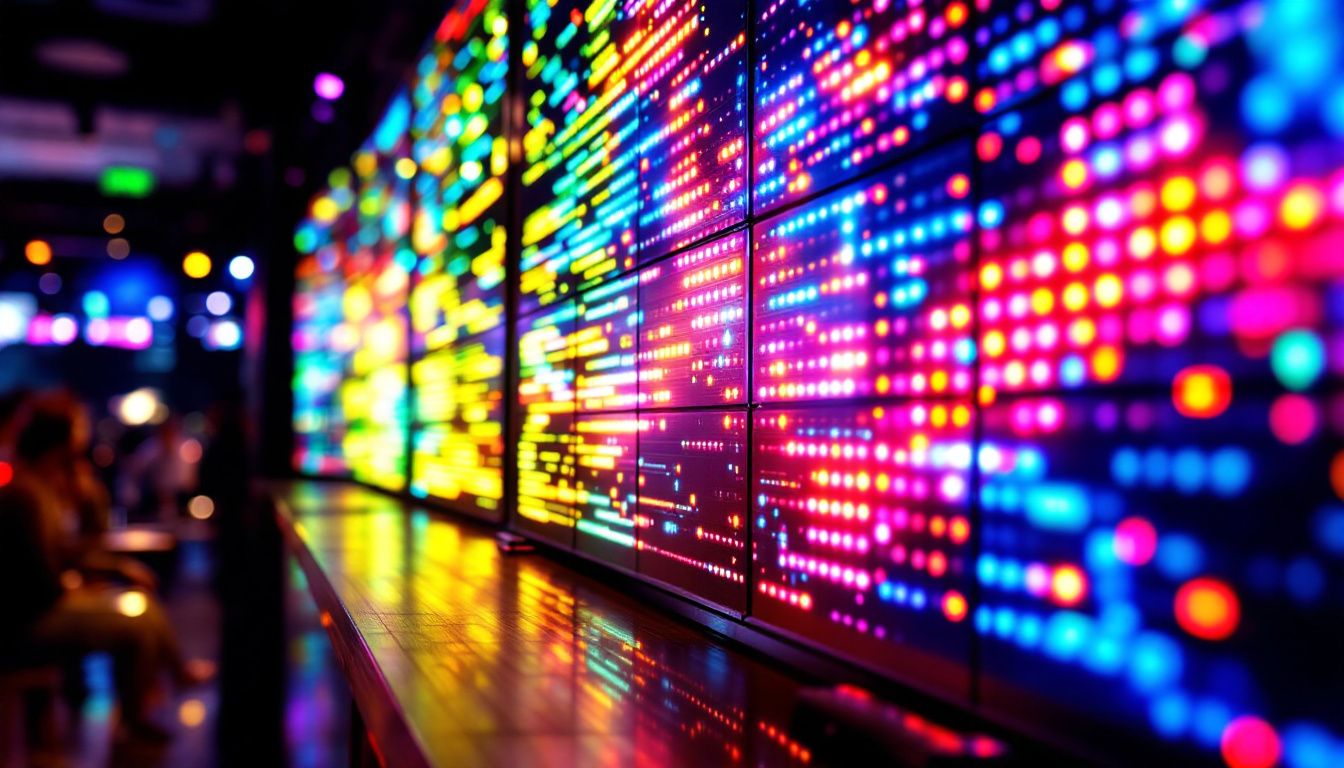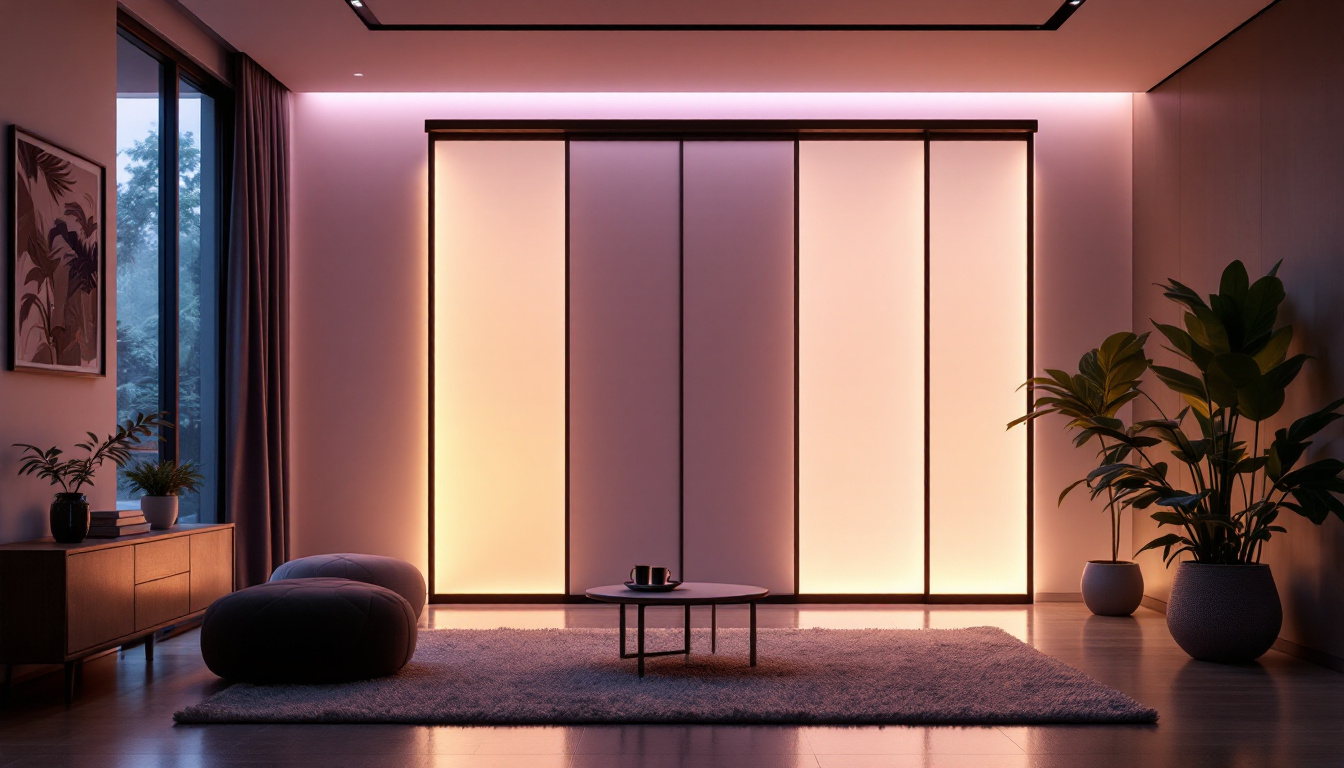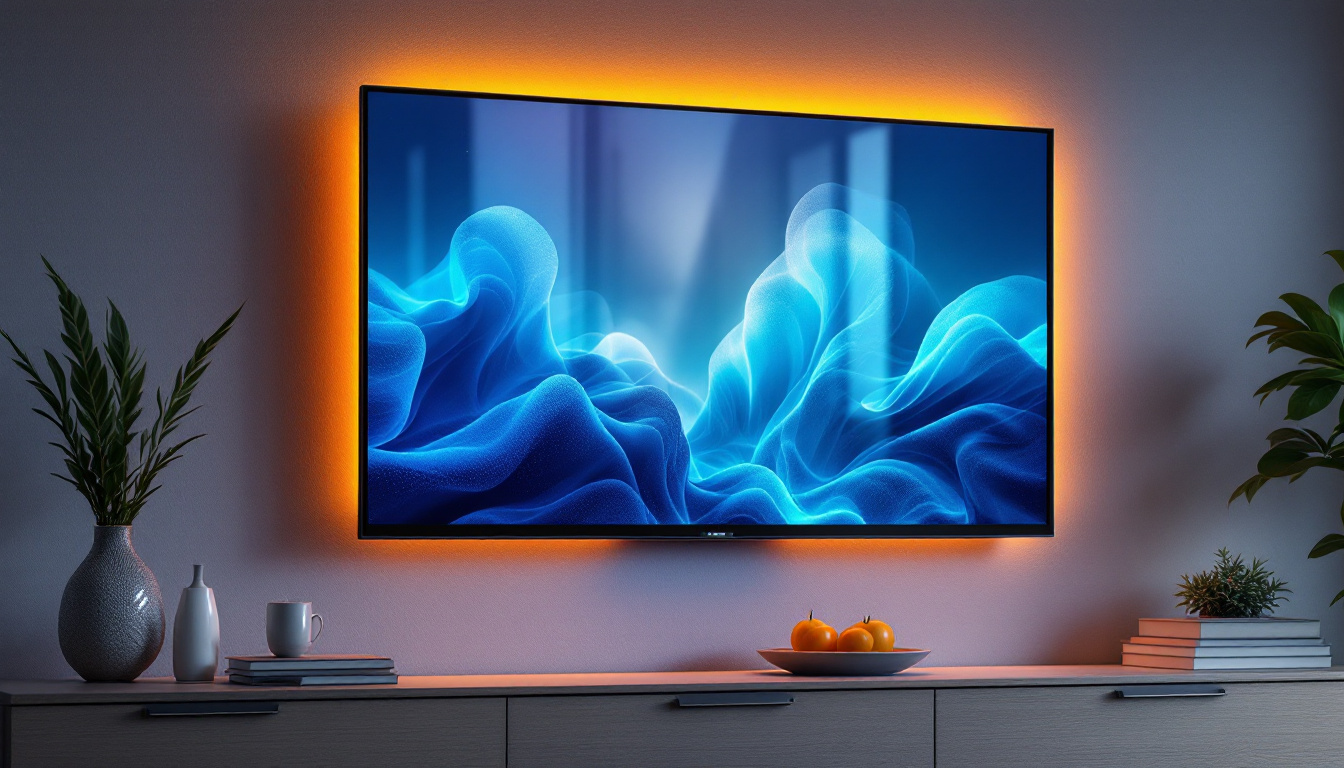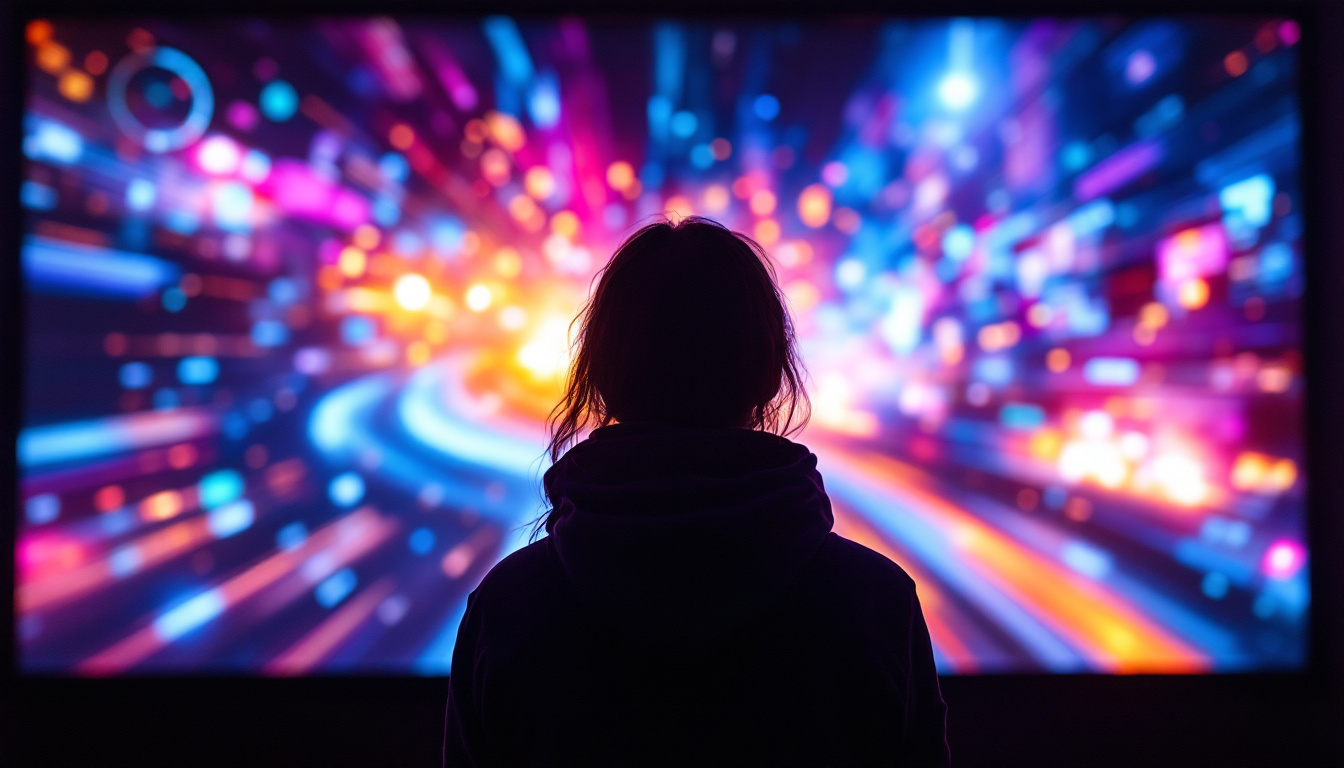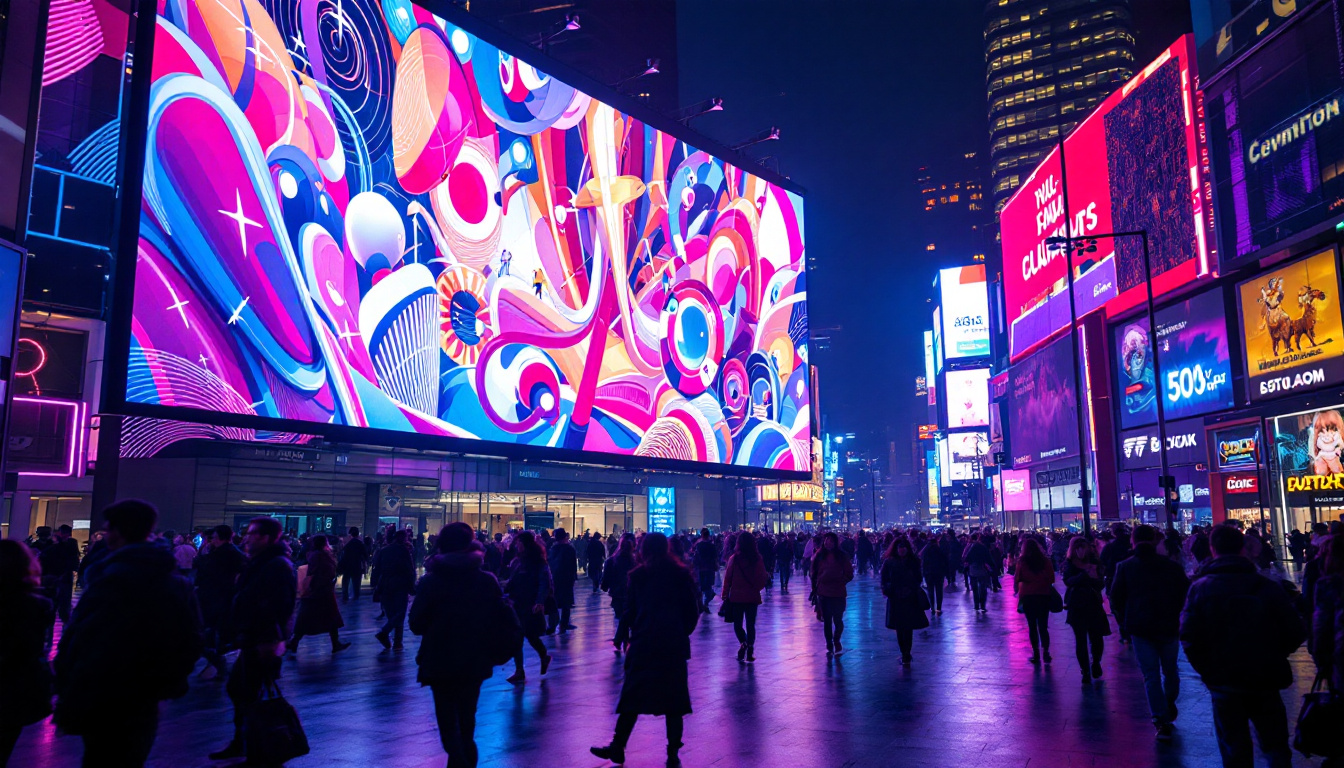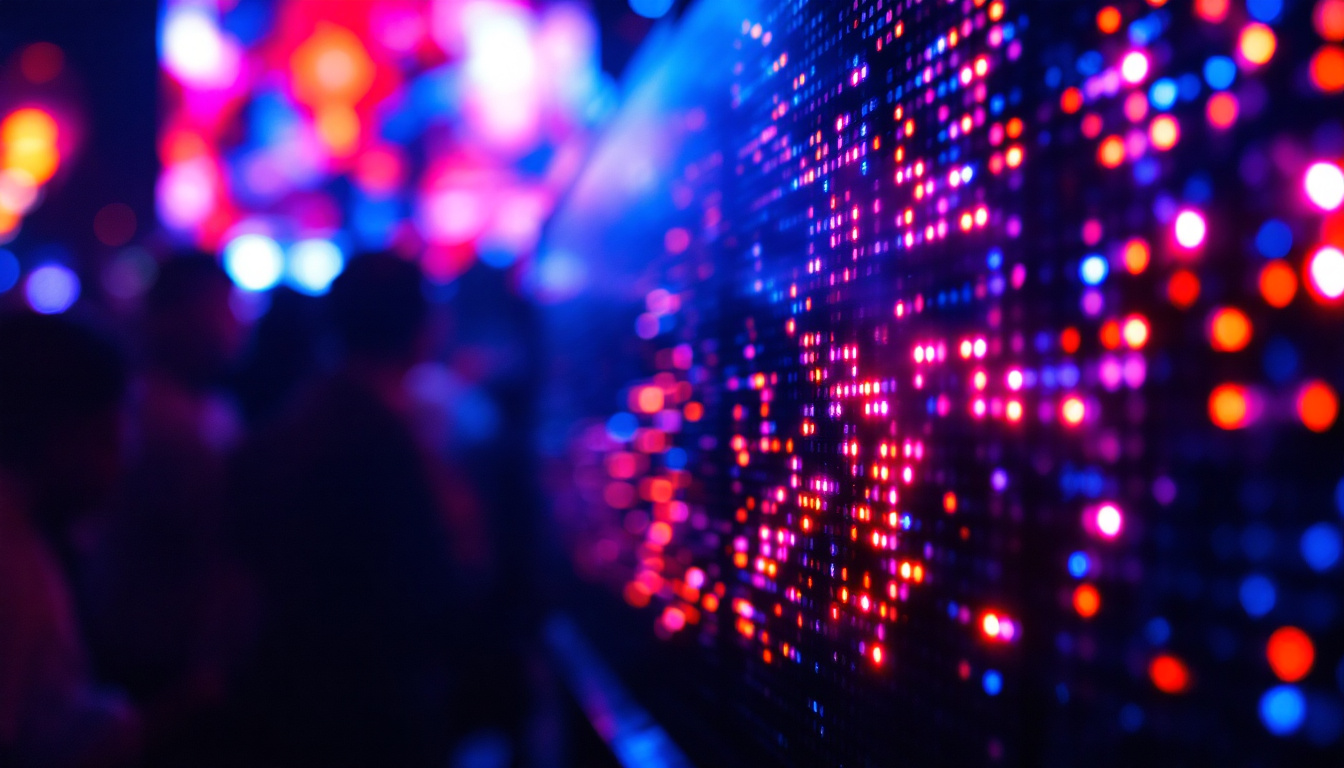In today’s fast-paced world, visual presentations have become an integral part of communication in various settings, from corporate meetings to educational environments and entertainment events. As technology advances, the demand for high-quality visual displays has surged, leading many to explore options like screen and projector rentals. This article delves into the specifics of LED displays, their benefits, and how to choose the right rental service for your needs.
Understanding LED Displays
LED (Light Emitting Diode) displays have revolutionized the way we present visual content. Unlike traditional projectors that rely on bulbs to project images, LED displays utilize a matrix of tiny light-emitting diodes to create vibrant and dynamic visuals. This technology offers several advantages that make it a popular choice for various applications.
How LED Technology Works
At its core, an LED display consists of numerous individual diodes that emit light when an electric current passes through them. These diodes can produce a wide spectrum of colors, allowing for stunning visuals that can capture attention and convey messages effectively. The arrangement of these diodes can vary, leading to different types of LED displays, including direct-view and backlit options.
Direct-view LED displays are made up of individual pixels that form images directly on the screen, while backlit LED displays use a traditional LCD panel illuminated by LEDs. Both types have their own unique benefits, making them suitable for various applications depending on the desired outcome. For instance, direct-view LED displays are often used in large venues, such as stadiums and concert halls, where high brightness and large viewing angles are essential. In contrast, backlit LED displays are commonly found in consumer electronics, such as televisions and computer monitors, where they provide a balance of quality and energy efficiency.
The Advantages of LED Displays
One of the primary advantages of LED displays is their exceptional brightness and clarity. They can be viewed in various lighting conditions, making them ideal for both indoor and outdoor events. Additionally, LED displays offer superior color accuracy and contrast, ensuring that images and videos appear vibrant and lifelike.
Another significant benefit is their energy efficiency. LED technology consumes less power compared to traditional projection systems, which can lead to cost savings, especially for long-duration events. Moreover, LED displays are known for their durability and longevity, often lasting for thousands of hours without needing replacement parts. This resilience is particularly advantageous in environments where displays are subject to wear and tear, such as in retail settings or during outdoor festivals. Furthermore, the modular design of many LED displays allows for easy repairs and upgrades, ensuring that the technology can evolve alongside changing visual demands.
In addition to these practical benefits, LED displays also offer enhanced interactivity features. Many modern LED systems can be integrated with touch technology or responsive software, allowing users to engage with the content in real-time. This capability opens up exciting possibilities for advertising, education, and entertainment, as audiences can interact with the display to access information, participate in polls, or even control the visual experience. As a result, LED displays are not only a tool for communication but also a medium for immersive experiences that captivate and engage viewers on a deeper level.
Choosing the Right Rental Service
When considering a screen and projector rental, selecting the right service provider is crucial to ensure a successful event. Here are some key factors to consider when making your choice.
Assessing Your Needs
Before contacting rental services, it’s essential to assess your specific needs. Consider the type of event, the venue size, and the audience. For instance, a large outdoor event may require a high-resolution LED display to ensure visibility from a distance, while a small indoor meeting may only need a standard projector.
Additionally, think about the content you will be displaying. High-definition videos and graphics will benefit from a display with higher resolution and color accuracy. Understanding these factors will help you communicate your requirements effectively to potential rental companies.
Researching Rental Companies
Once you have a clear understanding of your needs, it’s time to research rental companies in your area. Look for providers with a solid reputation and positive customer reviews. A company that specializes in LED displays will likely have a more extensive inventory and better technical support.
It’s also beneficial to inquire about their experience with similar events. A company that has successfully managed events similar to yours will be better equipped to handle any challenges that may arise.
Evaluating Equipment Quality
The quality of the equipment offered by rental companies can vary significantly. When evaluating potential providers, ask about the specifications of their LED displays and projectors. Look for features such as resolution, brightness, and refresh rates, as these factors can greatly impact the viewing experience.
Additionally, inquire about the maintenance and support provided during the rental period. A reputable company should offer technical assistance to ensure everything runs smoothly throughout your event.
Setting Up Your LED Display
Once you’ve secured a rental service, the next step is setting up your LED display. Proper installation is crucial to achieving the best visual results. Here are some tips to ensure a successful setup.
Location and Placement
The placement of your LED display can significantly affect visibility and overall impact. Choose a location that is easily visible to your audience, taking into consideration factors such as lighting and potential obstructions. For outdoor events, ensure the display is positioned to minimize glare from the sun.
Additionally, consider the viewing distance. The larger the display, the farther away the audience can be while still enjoying clear visuals. This is particularly important for large events where attendees may be spread out over a wide area.
Testing and Calibration
Before the event begins, it’s essential to test and calibrate the LED display. This includes checking the brightness, color accuracy, and overall functionality. Make sure to run through your presentation or video content to identify any potential issues.
Calibrating the display can involve adjusting settings such as contrast and saturation to ensure that the visuals appear as intended. Taking the time to perform these checks will help avoid any surprises during the event.
Best Practices for Content Display
Creating engaging content for your LED display is just as important as the technology itself. Here are some best practices to consider when preparing your visuals.
Designing for the Display
When designing content for an LED display, it’s essential to keep in mind the unique characteristics of the medium. Use bold colors and high-contrast elements to ensure visibility from a distance. Avoid cluttered designs, as they can be difficult to read, especially in larger formats.
Text should be concise and legible, with appropriate font sizes that can be easily read from various distances. Incorporating visuals, such as images and videos, can enhance engagement and help convey your message more effectively.
Interactive Elements
Adding interactive elements to your presentation can significantly enhance audience engagement. Consider incorporating live polls, Q&A sessions, or social media feeds that display audience interactions in real-time. This not only makes the experience more dynamic but also encourages participation from attendees.
Interactive content can be particularly effective in corporate settings, where fostering discussion and collaboration is essential. Utilizing the capabilities of LED displays to create an immersive experience can leave a lasting impression on your audience.
Common Applications of LED Displays
LED displays are versatile and can be utilized in various settings. Understanding their common applications can help you determine how best to leverage this technology for your event.
Corporate Events
In corporate environments, LED displays are often used for presentations, product launches, and conferences. Their ability to showcase high-definition visuals makes them ideal for displaying complex data, videos, and branding materials. The clarity and brightness of LED displays ensure that every detail is visible, even in large auditoriums.
Additionally, LED displays can be used for live streaming events, allowing remote participants to engage with the content in real-time. This capability has become increasingly important in today’s hybrid working environment, where virtual participation is common.
Educational Settings
In educational institutions, LED displays serve as powerful teaching tools. They can be used in classrooms, auditoriums, and lecture halls to present educational materials in an engaging manner. The ability to display multimedia content enhances the learning experience and helps students retain information more effectively.
Moreover, LED displays can facilitate collaborative learning by allowing students to share their work and ideas in real-time. This interactive approach fosters a more dynamic classroom environment and encourages participation.
Entertainment and Events
LED displays play a crucial role in the entertainment industry, from concerts and festivals to sporting events. They are often used as large-scale screens to display live performances, highlight reels, and promotional content. The visual impact of LED displays can elevate the overall experience for attendees, creating an immersive atmosphere.
In addition, LED displays are commonly used for advertising purposes at events, allowing brands to showcase their products and services to a large audience. The flexibility of LED technology enables dynamic content changes, ensuring that messages remain fresh and relevant throughout the event.
Conclusion
In conclusion, screen and projector rental services, particularly those offering LED displays, have become essential for effective visual communication in various settings. Understanding the technology behind LED displays, evaluating rental services, and implementing best practices for content display can significantly enhance the impact of any event.
By leveraging the advantages of LED technology, organizations can create engaging experiences that resonate with their audience. Whether for corporate meetings, educational settings, or entertainment events, the right LED display can make all the difference in delivering a memorable presentation.
As the demand for high-quality visual displays continues to grow, exploring local rental options and understanding the capabilities of LED technology will empower individuals and organizations to make informed decisions that elevate their events to new heights.
Discover LumenMatrix LED Display Solutions
Ready to elevate your next event with unparalleled visual impact? Look no further than LumenMatrix, a leader in innovative LED display technology. Our extensive range of solutions, including Indoor and Outdoor LED Wall Displays, Vehicle LED Displays, LED Poster Displays, and more, are designed to captivate your audience and amplify your message. Experience the future of visual communication with our cutting-edge LED displays. Check out LumenMatrix LED Display Solutions today and transform your event into an unforgettable experience.

